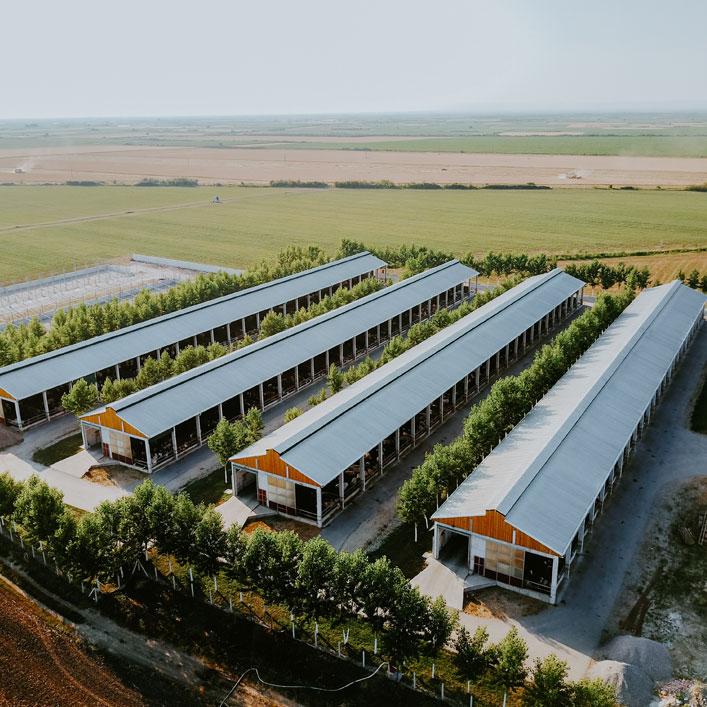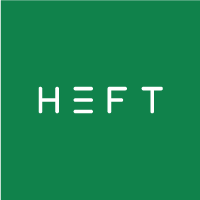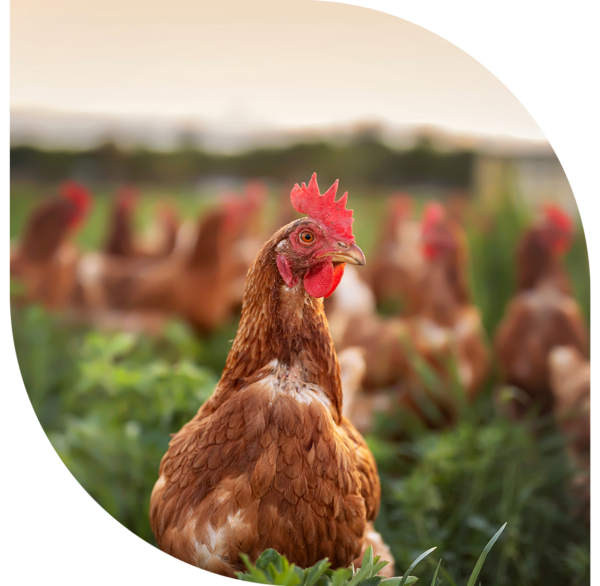
Introducing a new standard.
Pioneering innovation to establish a new standard for more humane stunning of pigs and poultry, aiming to replace carbon dioxide and electrical stunning.
The market is characterized by established yet outdated stunning technologies that have been in use for a considerable time. However, they are essential for sustaining the industry at the high capacity demanded. Our focus is on developing cost-effective and time-efficient solutions for more humane stunning technologies that reduce animal suffering and minimize environmental impact.
Replacing carbon dioxide.
Gas stunning does not immediately induce unconsciousness, making the selection of gas crucial to mitigate animal welfare risks. Nitrogen’s inert properties prevent chemical or biological reactions with other elements or gases, making it non-aversive to both pigs and poultry. This is why it has been recommended for euthanasia. However, no commercial implementation of stunning with nitrogen has been made yet due to difficulties in gas control and achieving the required concentration for stunning.
The most commonly, if not only, used gas in any commercial setting is carbon dioxide. It is extensively utilized in slaughterhouses for both pigs and poultry. Carbon dioxide offers advantages such as its higher density than air, facilitating control, and its anaesthetic properties, which result in rapid induction of unconsciousness. However, there are well-documented welfare concerns associated with this gas.
When inhaled, carbon dioxide reacts with water molecules in mucosal tissues, forming carbonic acid, leading to irritation of the nasal mucosa. The induction of unconsciousness is also accompanied by breathlessness and hyperventilation. Numerous governmental bodies, organisations, and concerned parties seek to replace carbon dioxide due to its welfare implications.
HEFT develop and offers innovative solutions to end the life of pigs and poultry in a more humane way, with the goal to replace carbon dioxide-based stunning.


